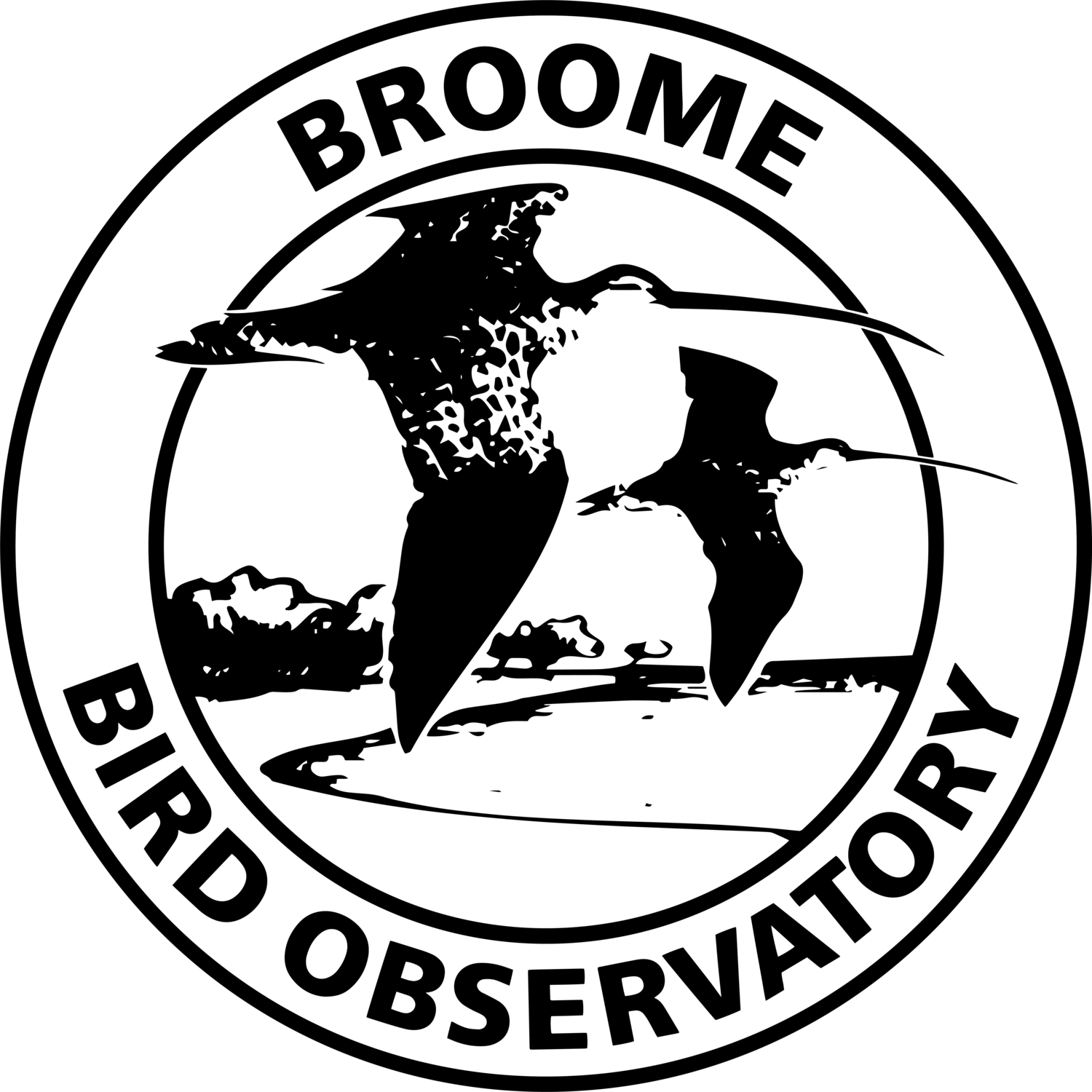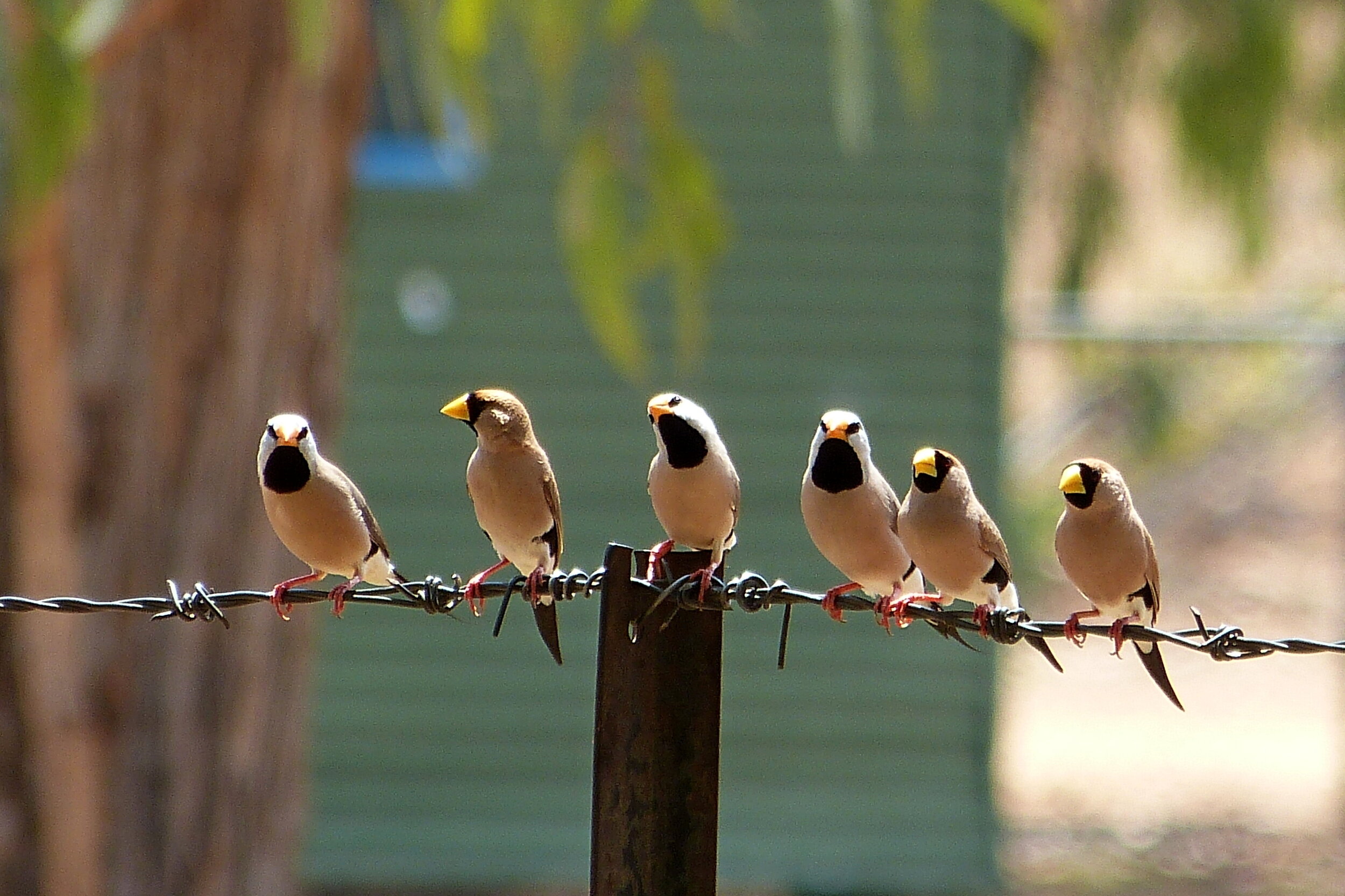Wet Season Wanderings of an Assistant Warden
When I arrived at the BBO in August last year to volunteer for three months as an Assistant Warden, I was new to birding and knew nothing about shorebirds. Thanks to the expert advice and guidance of the staff and encouragement of the guests, I learnt so much during my time at the BBO about the beautiful and unique birds and ecosystems of the Broome region and about the amazing migratory journey that thousands of shorebirds make every year between their fattening feeding grounds in Roebuck Bay and their breeding grounds in the Northern Hemisphere.
When I left the Broome Bird Observatory at the start of November, fresh with knowledge and armed with the Australian Bird Guide and my new pair of binoculars, I was excited about what new birds I might see at home. Living in an isolated community halfway along the Gibb River Road, 570km from Broome, means I get to access a lot of places that, especially during the wet season, are fairly inaccessible to most. I felt determined to contribute to citizen science as much as possible by learning to eBird so that I could record all the species of birds that I saw or heard around my yard and at the different places I visited. Whenever there was the opportunity, I surveyed my backyard or watched the birdbath, walked along the dry creek bed behind my house, went with my Dad while he fixed fences on a nearby station so I could go birding while he worked (saw my first White-bellied Cuckooshrike there), and explored several gorges lined with prickly pandanus and soft paperbark trees. Even places I had been to many times before seemed to be more alive and full of beauty and potential as I explored them and recognised many of the birds I saw or heard.
Long-tailed and Masked Finches
During the first month or so, the dry conditions as the wet season built up brought a lot of birds into the birdbath at home and to what water was left in the creeks and rivers. Some of these, such as the Blue-faced Honeyeater, Northern Rosella, Crimson Finch and Azure Kingfisher, were familiar to me, as I had learnt them prior to the BBO, and they felt special because they were birds that didn’t occur in Broome but I had them at home. Others, such as the Rufous-throated Honeyeater, Dollarbird, Grey-crowned Babbler and Red-backed Fairy-wren, I had first encountered at the BBO and was excited to find them around my home too. These birds felt special because they reminded me of the BBO and the great memories I had of living and working there. Then there were other birds that were special because they were new birds I encountered at home – I got at least 16 “Lifers”. There were some birds whose names I had heard during Bird Log at the BBO, such as the White-necked Heron, Little Woodswallow and Varied Sittella, but had never heard or seen them until I returned home. And then there were other “Lifers” that felt extra special because they didn’t occur in Broome, such as the Masked Finch, White-quilled Rock Pigeon and Bar-breasted Honeyeater.
A lifer Bar-breasted Honeyeater
My passion for birding seemed to rub off on my family because my parents would often ask me about birds they had seen in the area. One memorable moment was when my mum showed me a photo and I realised my parents had seen a large flock of Oriental Pratincoles on the nearby airstrip. I was gripped and begged my dad to take me with him the next day so I could see them. Only one Oriental Pratincole was still there but it was a special Lifer.
By far the most special Lifer of my time at home came when I was eBirding along a river I’d only been to once before. A bird of prey perched up high in a paperbark tree caught my eye and I managed to get some photos of it. At first I thought it was probably a harrier species but its red arrow-head plumage was striking and when I got home and consulted my Bird Guide, I wondered if it could be a rare species but quickly dismissed the idea. However, a Facebook post to a bird identification group and emails to the BBO wardens confirmed that I had indeed seen and photographed a Red Goshawk, regarded by many as Australia’s rarest bird of prey.
Yes, that IS a Red Goshawk
My journey back to the BBO in February, to work as Assistant Warden again, involved a boat trip across a flooded river, a few muddy stretches along the Gibb River Road and an 8-hour car ride. Now that I’m back I’m excited about what new things I will learn, what new things I will see, and what new things I will be able to share with others.



